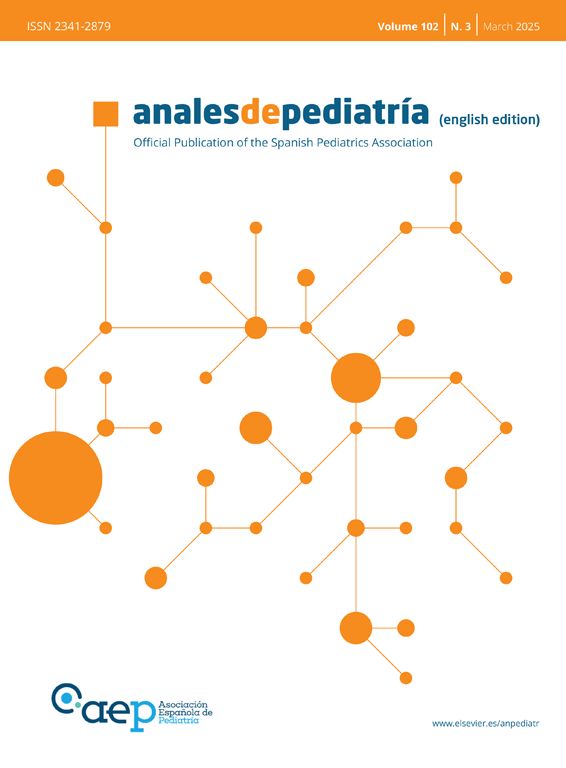We would like to start by congratulating the authors of the article “Somatization in childhood and adolescence: a guide to facilitate its understanding”.1 The authors have produced an excellent review of the topic and provide comprehensive guidance for its management and treatment.
In the past few months, we have detected a significant increase in the incidence of patients admitted to our hospital with somatic symptoms and have become more aware of the diagnostic and therapeutic challenges posed by these disorders. The number of admissions due to somatization disorders has doubled in the past year compared to the year before, although they still amounted to only 1.4% of total admissions in 2024.
These disorders are difficult to understand, and we agree with the authors that in many cases they are frustrating for both providers and families. In addition, their management (in terms of the approach to both diagnosis and treatment) always generates uncertainty among the physicians involved in their management.2 Affected patients tend to be frequent users of both primary and hospital-based care, including outpatient pediatric specialty and emergency department services, and physicians have difficulty making the diagnosis and families accepting it.
After reading the article and making a critical reflection on our practices, we identified several opportunities for improvement, such as the routine use of placebo.3 Although the article declares that it is not useful, we believe that it did help us support the diagnosis, especially when it came to convincing families of the non-organic nature of these disorders upon witnessing rapid and spectacular improvement in the patient following its administration. Reviewing previous studies on the subject, we found that the placebo effect increases with decreasing age, probably because younger children tend to be more suggestible.3,4
In addition, in our hospital, we have probably been using too many analgesics and diagnostic tests, some of which are invasive, before the definitive diagnosis is made. We also ought to highlight that, despite suspecting the diagnosis, some patients have been repeatedly admitted to hospital throughout the course of disease, an intervention that would be clearly contraindicated.
We agree that these cases require multidisciplinary approach, with support from psychology and psychiatry specialists, to their management and follow-up.
We conclude by thanking the authors for developing a guideline to improve our understanding of somatization, which we are sure will help us improve our future approach to these disorders, which are increasingly frequent, and avoid errors in their management.




